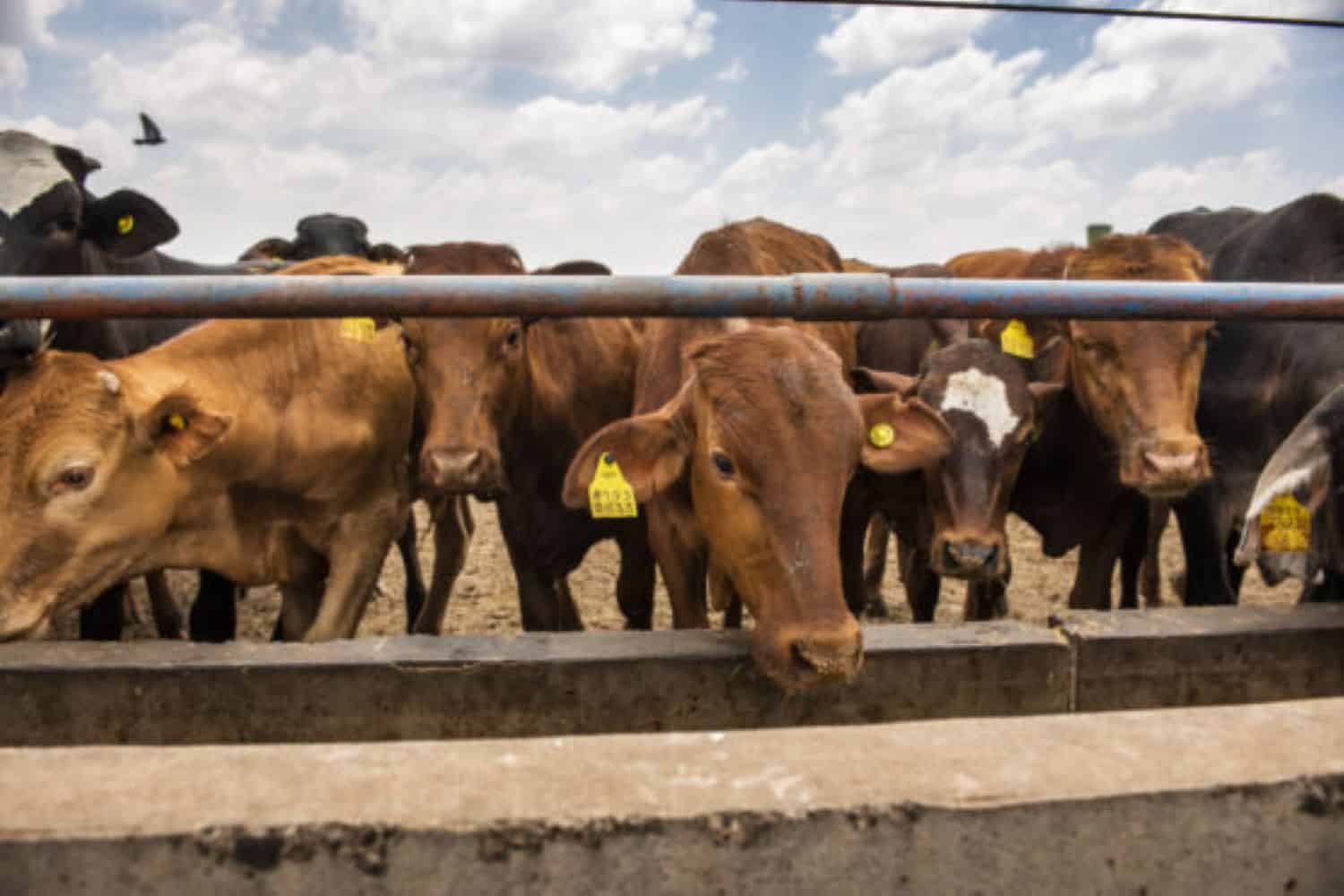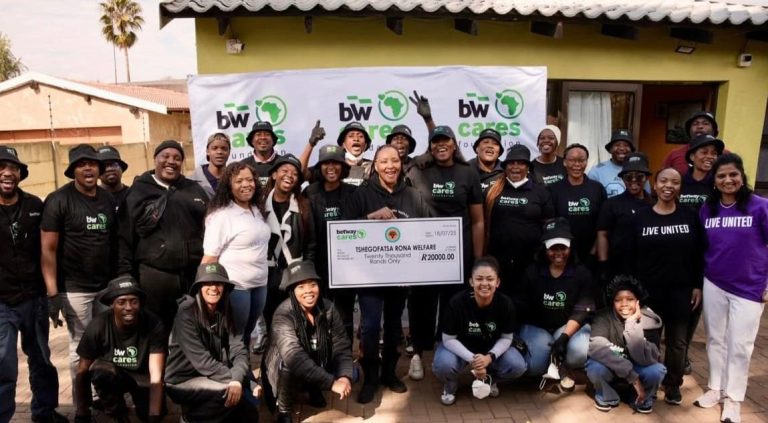
South Africa’s red meat farmers are heading to court as frustration mounts over what they describe as a “raging” foot and mouth disease (FMD) outbreak that has had a detrimental effect on livestock production and threatened export markets.
This is according to Ann-Suhet Marx, director and head of litigation at VDM Incorporated, who said in a statement that she is leading proceedings against the Red Meat and Livestock Primary Cluster (RMPC) and its auditing partner, Red Meat Industry Services (RMIS NPC), on behalf of the Rooivleis Aksie Groep (RAG).
Farmers are currently paying levies earmarked for FMD monitoring and prevention – but are not seeing “meaningful results”, says Marx.
“These levies [are] currently set at R14.33 per head of slaughtered cattle … but the disease continues to spread, market access is collapsing, and red meat prices are soaring.
“The system has failed, and they have had enough.”
Marx says the legal challenge centres on:
- The lack of published audited accounts showing how levy funds are used;
- RMPC’s “self-appointed authority and questionable national representation”; and
- Proposed new levies for cattle traceability despite prior commitments.
Farmers, she says, want transparency, proof of authority, and a credible plan to combat FMD.
As a member of the World Organisation for Animal Health (WOAH), South Africa is obliged to maintain effective FMD control under international health codes. “Failure to do so will jeopardise South Africa’s international trade status and further isolate its farmers from global markets.”
ALSO READ: Farmers await minister’s response after second FMD outbreak
Outbreak worsens
According to Marx, South Africa is dealing with 274 unresolved outbreaks across five provinces (as at mid-October), compounded by vaccine shortages and restrictions on livestock movement.
An outbreak in Limpopo in 2019 led to the suspension of South Africa’s FMD-free status, while multiple infections in KwaZulu-Natal, the Free State and Limpopo in 2022 triggered widespread quarantines.
Marx says the current outbreak was first reported in April, but is continuing to escalate amid inadequate veterinary assistance and “questionable quarantine methods”.
In June, Moneyweb reported that Karan Beef confirmed a case of FMD at its feedlot in Heidelberg, Gauteng, despite strict biosecurity measures.
Agriculture officials later said vaccines were being imported from Botswana due to limited local manufacturing capacity, estimating that South Africa will require R1.2 billion worth of FMD vaccines for the 2025/26 financial year.
ALSO READ: Farmers demand action as cattle disease crisis deepens
Industry frustration grows
The Citizen recently quoted Agricultural Business Chamber chief economist Wandile Sihlobo as saying the ongoing infections were the same strain as those reported earlier in the year.
Southern African Agri Initiative chair Theo de Jager has called for urgent structural reform.
“Take it out of a dysfunctional department, out of politics, and fight it with the best available expertise and technology,” he said.
“The state has not been able to do this for a very long time.”
Economist Johan Willemse said on his weekly agricultural review podcast that the state’s response has been inadequate.
“The authorities are trying to take shortcuts, and they are not equipped to do their jobs,” he said.
“There is pressure to privatise vaccine supply. Let’s open it up – private companies have brought Argentina’s and Brazil’s FMD outbreaks under control. No sense of urgency can be detected here in South Africa.”
ALSO READ: Bad news for meat lovers in South Africa
Recovery plan
Minister of Agriculture John Steenhuisen has acknowledged that the current approach to managing FMD remains fragmented, with weak enforcement and limited coordination – factors that continue to fuel recurring outbreaks.
Proposed measures to address this include revising control zones, expanding the capacity for sampling and diagnostics, and improving access to vaccines.
In the short term, additional vaccine doses will be imported from Botswana while South Africa scales up its own domestic production.
A mid-scale vaccine manufacturing facility, with the capacity to produce between 150 000 and 200 000 doses per year, is expected to be commissioned by March 2026.
Over the medium to long term, the priorities will include infrastructure investment, regional cooperation, and funding for veterinary services and research.
Steenhuisen also admitted that significant research gaps remain, particularly around buffalo as carriers of the disease and the Southern African Territories (SAT) strains of the virus.
“Questions such as the feasibility of buffalo vaccination also require further study,” he said.
This article was republished from Moneyweb. Read the original here.



